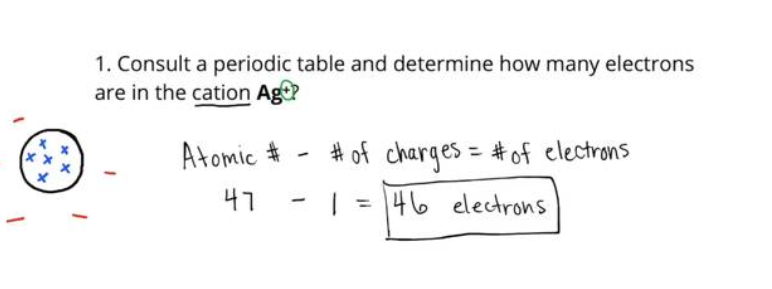Chemistry: CORRECT study guide
1/31
There's no tags or description
Looks like no tags are added yet.
Name | Mastery | Learn | Test | Matching | Spaced |
|---|
No study sessions yet.
32 Terms
represent elements and are based on their Latin or English names (e.g., H for Hydrogen, Fe for Iron).
indicates the number of protons in an atom.
the total number of protons and neutrons in an atom.
Subtract the atomic number from the mass number:
Neutrons = Mass Number - Atomic Number.
How do you know what an average atomic mass is?
The element's isotopes.
multiply the mass of each isotope of an element by its natural abundance (as a decimal), then add up the results for all isotopes
Where are metals located?
Left & center of the periodic table.
where are nonmetals located?
Right side (except Hydrogen).
where are metalliods located
Along the staircase (B, Si, Ge, As, Sb, Te, Po).
What are periods on the periodic table?
Periods: Horizontal rows.
What are groups on the periodic table?
Groups: Vertical columns (elements in a group have similar properties).
How is charge for cations and anions determined?
Metals lose electrons → Positive charge (cation).
Nonmetals gain electrons → Negative charge (anion).

Electrons = Atomic Number - Charge (for cations) /
Electrons = Atomic Number + Charge (for anions).
Molecular compounds: Formed by covalent bonds (nonmetals). 2 nonmetals
Ionic compounds: Formed by transfer of electrons between metals and nonmetals. (metal and nonmetal)
Molecular formula: Shows the actual number of atoms (e.g., C₂H₆).
Empirical formula: Simplest whole-number ratio (e.g., CH₃ for C₂H₆).
Cations: Positively charged ions (lose electrons).
Anions: Negatively charged ions (gain electrons).
What is the difference between monatomic and polyatomic ions?
Monatomic ion: Single atom with a charge (e.g., Na⁺, Cl⁻).
Polyatomic ion: Group of atoms with a charge (e.g., NO₃⁻, SO₄²⁻).
Diatomic molecules: Two atoms of the same element (e.g., O₂, N₂).
Polyatomic molecules: More than two atoms (e.g., H₂O, CO₂).
Binary compounds: Two different elements (e.g., NaCl, CO₂).
Ternary compounds: Three or more elements (e.g., NaNO₃, CaCO₃).